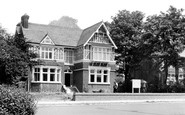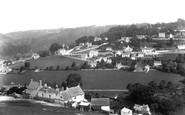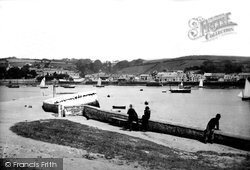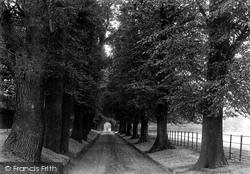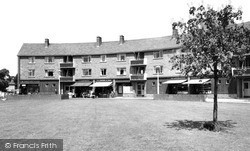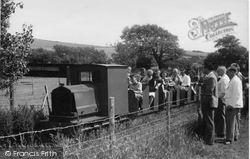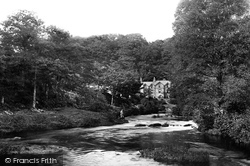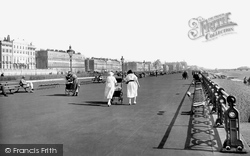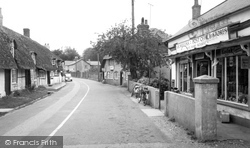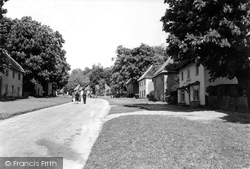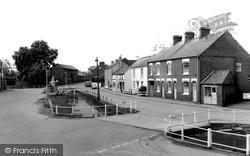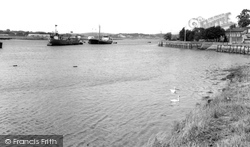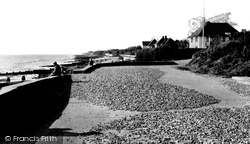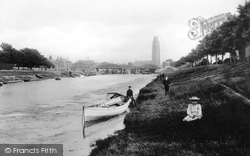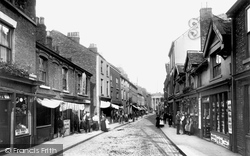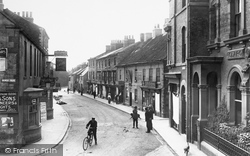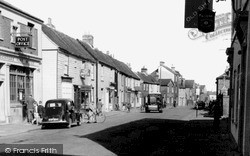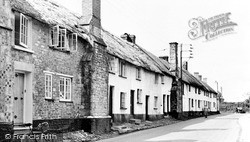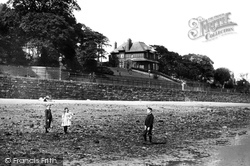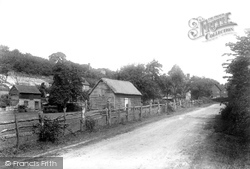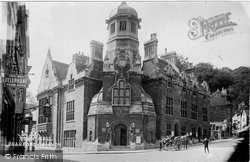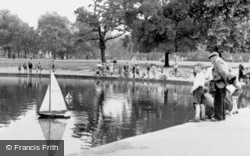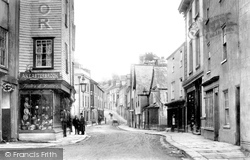Places
4 places found.
Those places high-lighted have photos. All locations may have maps, books and memories.
Photos
Sorry, no photos were found that related to your search.
Maps
11 maps found.
Books
Sorry, no books were found that related to your search.
Memories
227 memories found. Showing results 11 to 20.
A Silvery Dust
What I am about to write was once classified information; but due to the BBC documentary I can disclose and inform you that I had a brother in law who is dead now, but I recall things of which he was to tell me as in ...Read more
A memory of Monk Sherborne by
A Snatch Of A Gateshead Childhood
My memory relates to the years 1946-ish to 1960 but I couldn't get all that in at the top! I was born in 1943 at 148 Somerset Street, an 'upstairs house' which we would now call a maisonette, the home of my ...Read more
A memory of Gateshead in 1946 by
A Walk From The Plains On A Sunday
A few of us used to do the this walk on most Sundays. We used to meet at Bins Coalyard. Coming in to Plains from Clarkstone, we walked in to Plains, turn right past the signal box across the railway, over ...Read more
A memory of Plains in 1957 by
A Young Girls Memories Of Ww1
When my Mother passed away in 1999 I had the unhappy task of clearing out her Warden Controlled little flat. Amongst her possessions I came across an old history project I had done at school in the 1970s for which ...Read more
A memory of Handsworth in 1910
A House In Gidea Park.
I was born in Carlton Road in 1937. Got bombed out when a landmine dropped down the road and we were evacuated to Clacton while my Dad worked down the Underground tunnel when his factory and the machines were moved away ...Read more
A memory of Gidea Park by
A Message From Someone I Don't Know, And My Reply....
Although I want to come back and add more odds and ends (and I will do), I had a message from someone I don't know, and in my reply rambled a little. It might be of interest..... The message was: ...Read more
A memory of Maesteg in 1965 by
A View From Doomsday Book Swells Hill 47364
Swells Hill is mentioned in the doomsday book where very little else in this photo is. the row of a few houses in the foreground are the top part of Swells Hill, perched on the "Knoll" Looking east up ...Read more
A memory of Brimscombe by
Abercanaid
My pal Stanley Ponting lived in Newton Street, Abercanaid. I visited there in 1960 and 1980, and more recently his daughter, after conferring with me, has fulfiulled her long held desire to see where her dad lived during his ...Read more
A memory of Abercanaid in 1941 by
All Saits Church Shelsley Beauchamp
At one time I was a choir boy at All Saints Church. I cannot remember who was in the choir with me at the time but I do remember the vicar was the Reverend Bache. When I visited the church in 1997 ...Read more
A memory of Shelsley Beauchamp in 1940 by
An Idyll Of A Place To Be Young.
I could not think of a better place to spend my early years than overlooking the old reservoir. My grandmother's timber cottage was one of eight built long ago, probably to house estate workers. Each cottage ...Read more
A memory of Elstree by
Captions
141 captions found. Showing results 25 to 48.
Today's residents are more likely to skipper an expensive pleasure vessel.
The grounds became a park in the Victorian era, and more recently the 18th- century Old Palace has been enlarged to become part of the civic centre.
At first glance, this row of modern shops, named after the local Anstey Hall, has not changed since 1960; but closer inspection reveals new tenants in the shops, larger trees and flower beds, and more
The miniature railway was one of the major attractions of Drusilla's and still is, though the engines are somehow less utilitarian and more convincingly based on steam locomotives - the best one
Improved transport opened much of North Wales to the leisured classes, who were able to visit its grand and picturesque scenery, even in wilder and more remote locations.
Although Brighton and Hove have now been amalgamated into a city, in the past Hove was a much quieter and more conservative town than its neighbour.
Though smarter and more affluent today, much of St Mary Bourne is as it was when this photograph was taken.
Recent residents may have had cause to be grateful to Lord Dorchester for his patriarchal act.
A post office, a shop and a hairdresser's still serve a larger and more varied community.
Ships of 300 to 4,000 tons lay at the fore and aft buoys in the river, while others tied up at wharves.
South-east of Shalford, Wonersh has an old core with some fine timber-framed houses, including the 16th-century Grantley Arms pub; there are more old houses along the winding The Street, which starts
This almost deserted beach at the village of Angmering-on-Sea dramatically contrasts with the crowds at the larger and more popular resorts.
It took a number of years to carry out the process of dividing up the land, laying out roads, digging drains, planting thorn hedges, improving the land, and harvesting the crops from more and more
Along with Mill Street and Jordangate, Chestergate was one of the first streets to be properly paved, and, more importantly, to be provided with surface drainage.
The Angel Hotel on the left was one of three to cater for the motorist; the others were the George and Dragon and the Brunswick.
Here are more Essex weatherboard cottages with tiled roofs. Notice the sign for Teas and Hovis bread over one small shop.
Today's residents are more likely to commute to Sidmouth or Exeter. The rural dwellers of past times would have been amazed at the price of a property in Sidford in the 21st century.
Apart from the clothes that these three youngsters are wearing on the beach, little has changed here.
There are more houses among the trees on the hillside.
On this side of the river, and pulled well clear, is evidence of boating and fishing activity. The craft closer to the water is a twin-hulled catamaran, and more likely to be used purely for pleasure.
Its ornate style contrasts with the plainer stone houses that are more characteristic of the town.
In the distance are the houses of Clapham Common South Side, some of which survive from the 18th century and more from the 19th.
All along the Nene valley hereabouts are flooded iron ore pits, some of which have been turned into fishing or boating lakes.
In grander and more prosperous days Ashburton was one of the region's strategic stannary towns. Mining finally came to a halt in the 19th century.
Places (4)
Photos (0)
Memories (227)
Books (0)
Maps (11)

